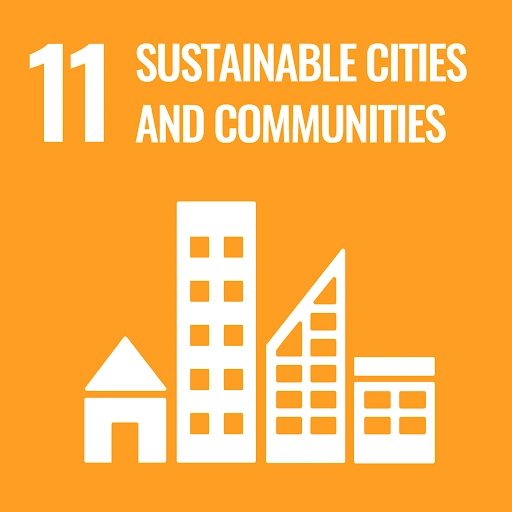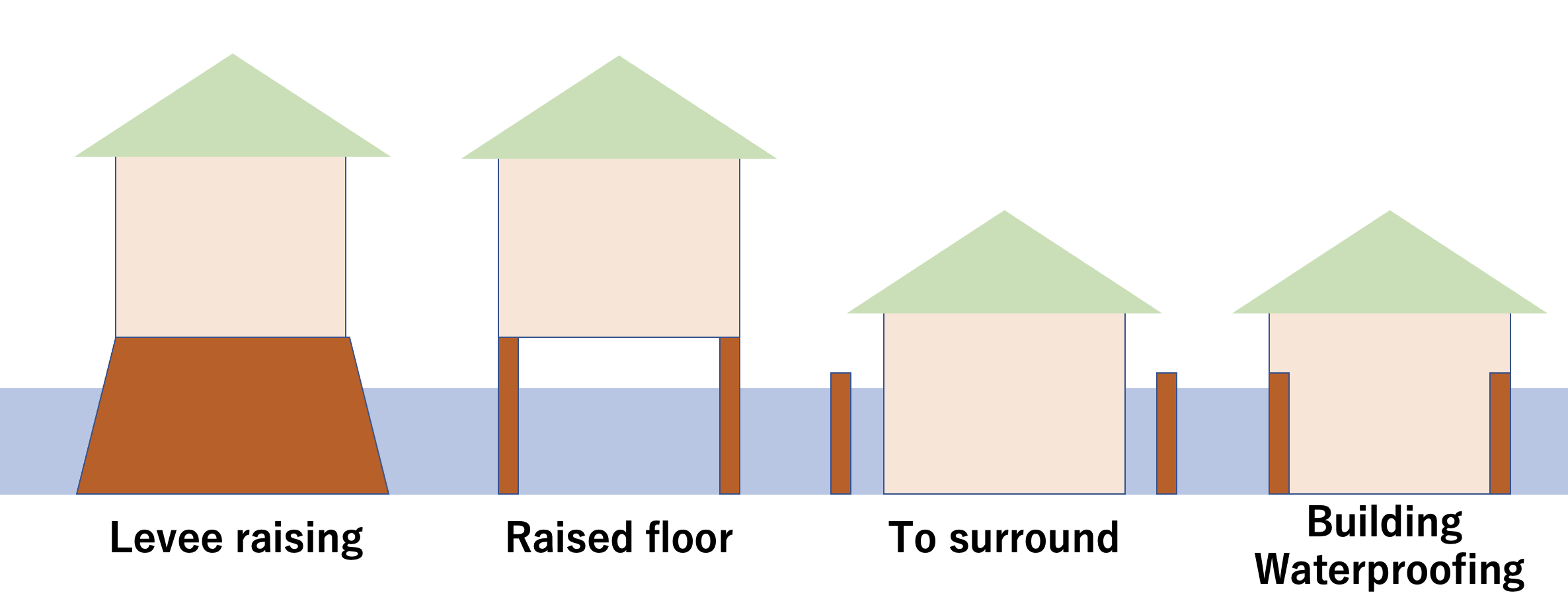0.Sustainable Cities and Communities

The eleventh goals are ”Make cities inclusive, safe, resilient, and sustainable”
In ten targets,
11.5
"By 2030, significantly reduce the number of deaths and the number of people affected and substantially decrease the direct economic losses relative to global gross domestic product caused by disasters, including water-related disasters, with a focus on protecting the poor and people in vulnerable situations"
and could contribute to the 11.5 targets for heavy rainfall disasters.

